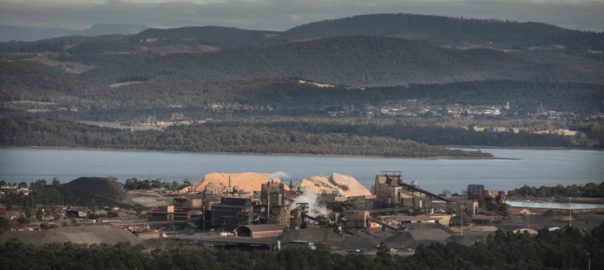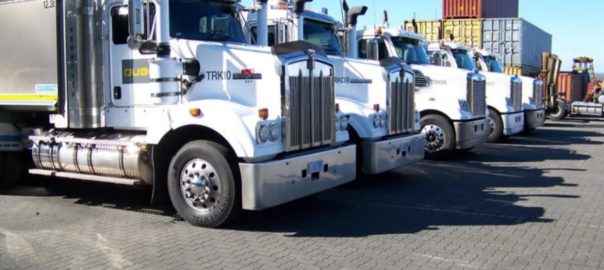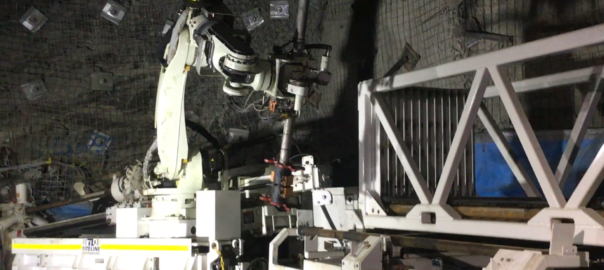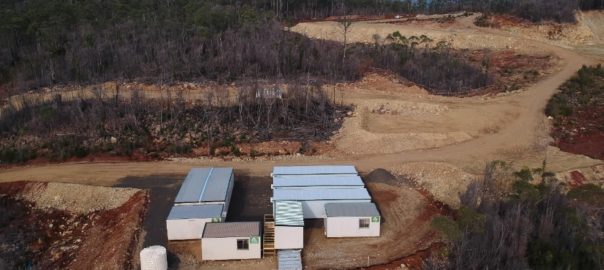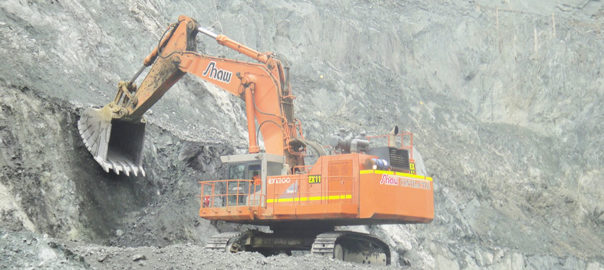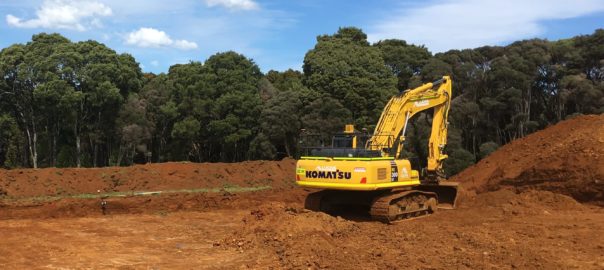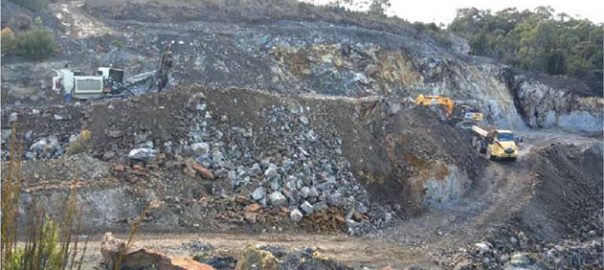GFG Alliance says it has finalised the purchase of the hydro energy-powered Tasmanian Electro Metallurgical Company (TEMCO) smelter in Bell Bay in northern Tasmania, Australia.
After entering a binding sale and purchase agreement with South32 and Anglo American in August, today’s finalisation sees TEMCO join LIBERTY Steel Group as part of the GFG Alliance family, it said.
The smelter, in Tasmania, Australia, was run by the Samancor Manganese joint venture, owned 60% by South32 and 40% by Anglo American.
GFG Alliance Executive Chairman, Sanjeev Gupta, said the acquisition not only secured the jobs of the smelter’s 250 workers but would also play a key role in enhancing LIBERTY’s drive to be self-sufficient in the supply chain.
“When we entered into the agreement in August, I flagged that our investment in key inputs such as ferromanganese and silicomanganese would generate supply chain value to ensure a sustainable and globally competitive steel manufacturing sector,” Gupta said. “This acquisition is an upstream integration for Whyalla and all our steel plants globally.
“The Bell Bay precinct and nearby George Town is a long-standing industrial community with a proud heritage, and we are committed to seeing this facility continue to play an important role in the future of the Australian steel industry.”
The TEMCO facility, which is powered by Hydro Tasmania, has four submerged arc furnaces, including a sinter plant, and has the capacity to produce around 150,000 t/y of high carbon ferromanganese and 120,000 t/y of silicomanganese used in the production of steel, the company said.
“GFG Alliance already produces the lowest carbon aluminium in the world in both the UK and France and I’m proud to add one of the world’s greenest ferro alloy producers to our portfolio,” Gupta said. “Our goal is to be carbon neutral by 2030 and I am proud to invest in a state like Tasmania, which has a plentiful supply of renewable energy resources.”







